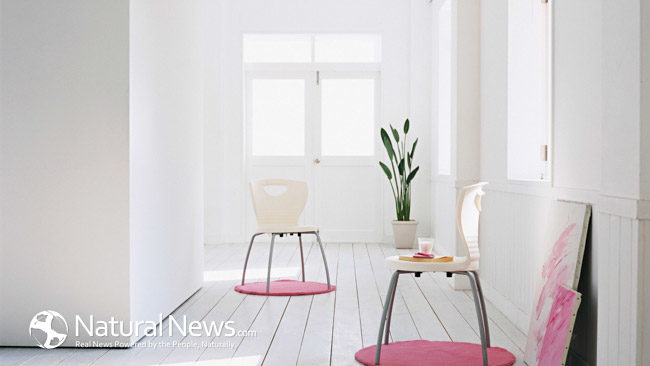Green homes are becoming increasingly popular. If that’s what you’re in the market for, you should know that it’s much cheaper and easier to build a green home than it is to make an existing one energy-friendly. Here are some things to keep in mind.
- Square Feet
When you’re in the planning stages, it’s easy to get carried away. However, one important aspect of an eco-friendly home is that it’s small. At least, it should be smaller than the average American home, which clocks in at almost 2,600 square feet. This doesn’t mean you need to build a home that can fit inside a shipping container, but it wouldn’t hurt to think about scaling back.
Consider your home life, and try to make the biggest rooms reflect it. Do you do big family dinners? You’ll need a bigger kitchen, but you might be able to swing a smaller bathroom. Perhaps your bedroom is strictly for sleeping, and you’d be fine with room for just a bed and a dresser. Then you could use the extra space for a home office.
- Foundation
The groundwork of your home is important from any angle, green or not. Starting with an eco-friendly foundation is vital to lowering the energy needed to heat and cool your home. An insulated basement will lose less heat during the winter and retain the cool air for the summer.
Insulation isn’t the only aspect. If you’re building your home from the ground up, geothermal power could also be considered. This will, of course, increase your initial building costs, but you’ll pay practically nothing for heating and cooling throughout the years you live there. The geothermal aspects of the ground will bring stored heat up during the cold months, and take the heat back down into the ground during the warm ones. That way, you have a constant supply, and your living space stays comfortable.
- Roof
Your roof is a great place to look at energy savings. You have a few options here, some of which will be location dependent. Roofs are a great place for solar panels, which you can wire up to help power your home. If you get enough sun, you can even sell energy back to the power company.
However, even if you can’t put on solar panels, there are still ways to reduce your roof’s energy footprint. A dark roof absorbs sunlight and makes your house hotter, especially an attic. A lighter color, however, will help reflect the sun’s rays.
If you have a flat roof, you can even arrange it so that it functions as an extra yard. Get the dirt up there, cover it with grass or moss and grow a rooftop garden. The plants will also filter out impurities in rainwater and prevent runoff.
Green Made Easy: The Everyday Guide for Transitioning to a Green Lifestyle
- Windows
Your windows are another place where you can reduce your environmental impact. Well-insulated windows prevent drafts that make your energy systems work harder, but there’s a new option as well: solar panel windows.
A group from MIT has successfully figured out how to make fully transparent solar panels. This means they can be used for everything. Plus, they work like regular solar panels so you won’t have to find a specialized installation team. The project isn’t on the market quite yet, but keep an eye out – solar windows will be for sale soon.
- Yard
Your yard is a big area that can be used for more than just grass and flowers. In fact, grass and flowers are pretty useless to the majority of native insects and animals, including humans. It looks pretty, but a garden can be made to work good, too. It’s not hard or expensive to get started gardening, and it will save you money. After all, you can buy 10 different seed packets for under $20, and have a surplus of fresh vegetables all year. If you compost, then you won’t have to worry about buying fertilizer.
In addition to a garden to feed the humans, you can select native flowers to grow in flower beds. This will provide food for wildlife, so long as you keep your garden protected. In addition to flowers, you can also try to keep trees and shrubs as much as possible. Birds will use them for nesting, squirrels and chipmunks will hide in them, and you might even have some deer use them for cover.
We’ve worked our way from the bottom out. Keep in mind, there are hundreds of things you can do to build a greener home. These are only a few considerations to get you started.
Related Post: Pesticide Free Lawn Care





